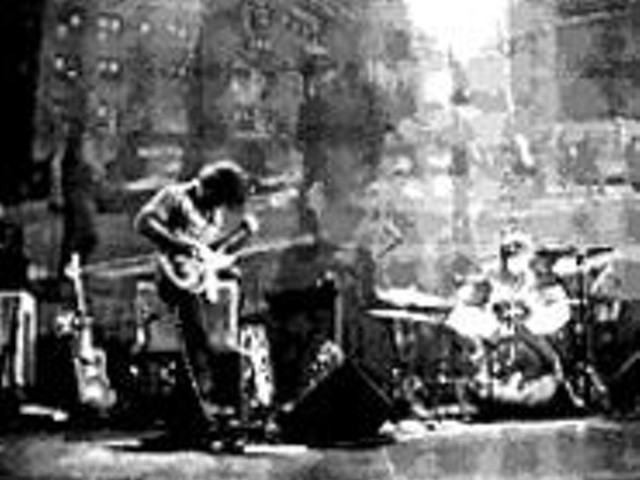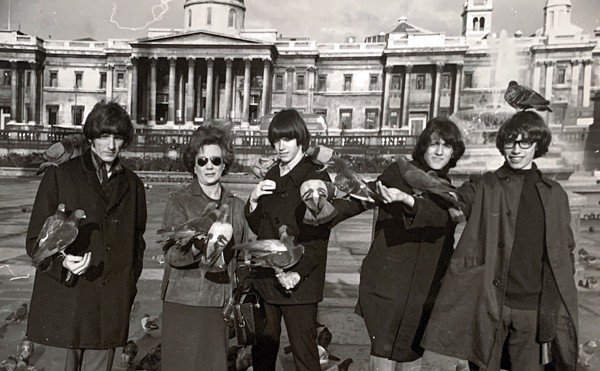Similarly, Radiohead numbs its listeners, preparing them for another cerebral chill-out session. Hail begins with a few fuzzy blurts, but the abstract introduction gives way to a mix of shimmery guitars and shadowy vocals. Then, at the album's two-minute mark, the group administers a savage shock. As nearly a decade's worth of pent-up noise escapes, Thom Yorke taunts the unprepared. You have not been paying attention, he insists with increasing intensity, and he's right -- there were clues. That crackling buzz that opened the album wasn't computer-produced; it was the sound of Jonny Greenwood plugging into his amp.
Radiohead gets more mileage out of the ol' soothe-and-startle on track two. Yorke's hypnotic sit down/stand up chant fits the song's pleasantly placid pulse, but dark clouds gather quickly. Suddenly, Yorke becomes stranded in a storm, repeating raindrops while robust rhythms thunder. Even when a breezy piano riff brushes away the debris, listeners might seek shelter, fearful of the next cacophonous climax. But there's no cathartic crescendo this time, not even a gust strong enough to turn those tightly clutched umbrellas inside-out. The first two tunes feel like a test of Radiohead's emergency rock-out system. Once it has established, with hurricane force and air-raid-siren volume, that its Bends-era chops have not atrophied, the group rejoins its regularly scheduled mindfuck already in progress.
Radiohead takes percussive handclaps, usually the most cheerleader-perky of musical accessories, and makes them sound as chilling as a doomed man's final footsteps. It argues that riddling catchy hooks with erratic blips can enhance songs rather than ruin them. It demonstrates that clichés (the pot will call the kettle black), tweaked clichés (a bully in a china shop) and complete oddities (the pointless snide remarks/of hammerheaded sharks) can share the same lyrical air, as long as the vocalist intones them all with unquestionable conviction. And it surges with enough electric energy to spook any herd.





